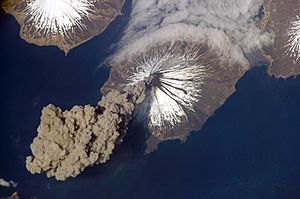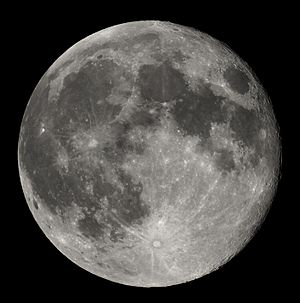Endogenous and exogenous facts for kids
Our amazing Earth is always changing! It's shaped by many different natural processes. These changes happen because of forces both inside and outside our planet.
Think of it like this: forces coming from deep within the Earth are called endogenous processes. The word "endo" means "in." Forces that come from on or above the Earth's surface are called exogenous processes. The word "exo" means "out." Both types of forces work together to create the landforms we see around us.
Earth's Inner Forces
The Earth's inside forces are super powerful. They cause three main things to happen: folding, faulting, and volcanism. These processes mostly occur along the edges of the Earth's huge plates. These plate boundaries are often weak spots.
These inner forces create many of the Earth's major landforms. For example, they can build huge mountain ranges or cause the ground to shake during an earthquake.
Forces from Outside
Many forces that shape the Earth come from outside our planet. These are called exogenous forces.
Space and Our Planet
Other objects in space can affect Earth. For instance, the Moon causes tides in our oceans and other large bodies of water. Tides are the regular rise and fall of water levels.
Sometimes, space rocks like comets and meteoroids hit the Earth. When they strike, they create holes in the ground called craters. These craters can be very big or quite small.
Even the Sun has an effect! Radiation from the Sun can cause beautiful lights called aurorae. You can see these colorful lights at night near the Earth's poles.
Erosion: Earth's Sculptor
Not all exogenous processes come from space. One common example is erosion. Erosion is when wind, water, or ice slowly wear away the Earth's surface. Even people, animals, or plants digging can cause erosion.
Other examples of exogenous processes include:
- Rainfall
- Snowfall
- Hailstorms
- Tsunamis (giant ocean waves)
- Avalanches (large slides of snow or rock)
- Strong winds
- Ocean wave currents
All these forces, both from inside and outside, constantly change our planet's surface.



